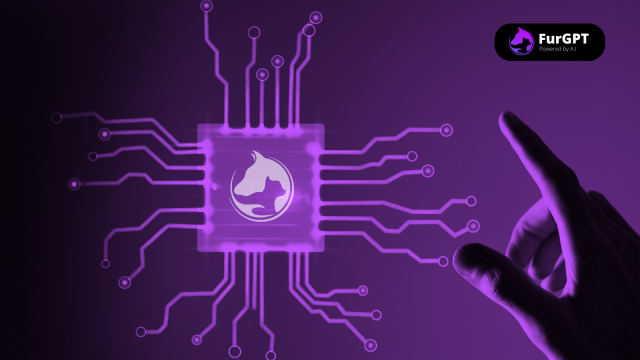New AI upgrade allows pets to detect emotional tone and respond with adaptive behavior in real time.
(Isstories Editorial):- Seattle, Washington Jul 10, 2025 (Issuewire.com) – FurGPT, the AI-driven companion platform for digital pets, has launched its latest advancement in emotional intelligence: Sentiment Detection Layers. These new neural modules give AI pets the ability to identify and respond to user sentiment, creating more responsive, personalized interactions across Web3 environments.
More on Isstories:
- Mary Escalante, Recognized by BestAgents.us as a 2025 Top Agent
- Patrick Aguirre, Recognized by BestAgents.us as a 2025 Top Agent
- Kristi-Ann Dye, Recognized by BestAgents.us as a 2025 Top Agent
- Courtney Folderauer, Recognized by BestAgents.us as a 2025 Top Agent
- “Addio Burnout!”: the USA Bestseller, with 700,000 copies distributed, along with two films, arrives in Italy
Using tone analysis, behavioral pattern recognition, and conversational signals, FurGPT pets can now detect mood shifts and emotional trends in real time. Whether a user needs encouragement, playfulness, or comfort, pets will respond with context-aware reactions based on emotional state.
The Sentiment Detection Layers are integrated across Ethereum, BNB Chain, and Lithosphere, preserving cross-chain continuity while enhancing emotional depth. Pets can now recall emotional history, adapt their personality tone, and build stronger bonds based on user sentiment over time.
As part of FurGPT’s ongoing evolution, this upgrade enhances the platform’s lifelike AI pet experience, bringing Web3 companionship closer to emotional realism and forging deeper, more human-like digital relationships.
About FurGPT
FurGPT is an AI-driven platform that allows users to create, customize, and engage with virtual pets across the Web3 ecosystem. By combining generative AI, secure blockchain infrastructure, and emotional context modeling, FurGPT delivers a unique and interactive companion experience.
This article was originally published by IssueWire. Read the original article here.


































